NGV French Impressionism exhibition brings Monet, Renoir and Degas from Boston’s Museum of Fine Arts
Famed pieces from Monet, Renoir and Degas are going to become frequent fliers by making their second global crossing from Boston to Melbourne for this NGV exhibition.
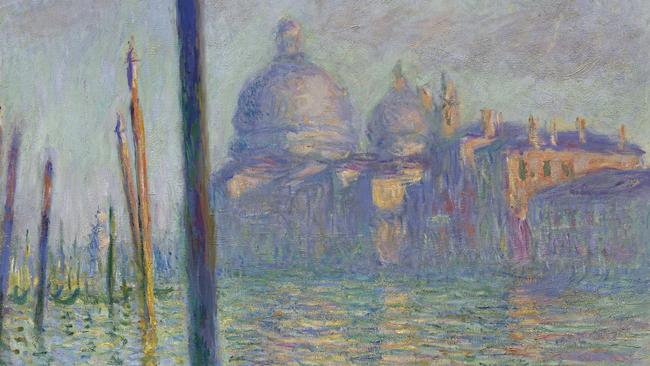
It was a false start; the blockbuster art show that never quite got off the ground. The culprit was Melbourne’s pandemic lockdowns that forced the National Gallery of Victoria to shutter its doors to its exhibition of French Impressionism from the Museum of Fine Arts in Boston after just 30 days in 2021.
So, surely it would be unfair, says the incoming director of Boston’s Museum of Fine Arts, Pierre Terjanian, not to give it a second go.
“It really felt like a missed opportunity for the visitors to the NGV, to the audiences, to bring a treasure to Australia, and then turn around and they would never come back?” he tells Review over lunch inside the glorious MFA building in Boston.
So when the NGV approached the MFA to ask whether a second act might be possible, the answer was never in doubt.
“It is really such a great gift to be able to reprise the project,” says Katie Hanson, curator of European Art at the MFA who helped curate the first NGV exhibition of more than 100 French Impressionist paintings in 2021.
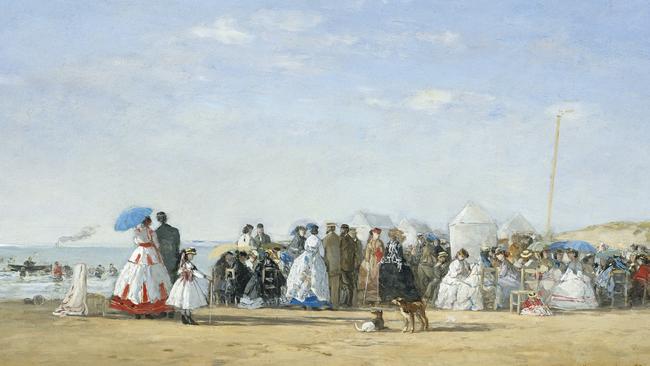
“There was such a great demand for that exhibition and when it closed, there was a yearning for it to be able to reopen and share the project and have a full run of the show.”
So more than 100 French Impressionists paintings – including famed pieces from Claude Monet, Pierre-Auguste Renoir, Edgar Degas, Camille Pissaro and Mary Cassatt – are going to become frequent fliers by making their second global crossing from Boston to Melbourne for the exhibition opening at the NGV on June 6.
The early success of the Impressionists exhibition in 2021 suggests it could be yet another blockbuster for the NGV, which has cemented its reputation as the country’s most successful venue for international exhibitions. Last year the NGV’s 2024 Melbourne Winter Masterpiece, Pharaoh, attracted more than 336,000 visitors while its recent exhibition from contemporary Japanese artist Yayoi Kusama saw a record-breaking 570,537 people pass through its doors.
The most compelling part of the coming French Impressionism exhibition is that it is not just a “best-of” the famed artists – although there are many iconic pieces among them – but the exhibition is curated especially to tell us more about their everyday lives.
The displayed paintings are accompanied by words from Monet, Renoir, Boudin and other artists in the mid-late 1800s telling us what they thought about each other, about their art, their livelihoods and about the rebellious new genre of art they were creating which would eventually become beloved by the world. It includes stories of their collaborations, their petty jealousies and their insecurities as they forged their own Impressionist style amid great initial scepticism from the established art world.
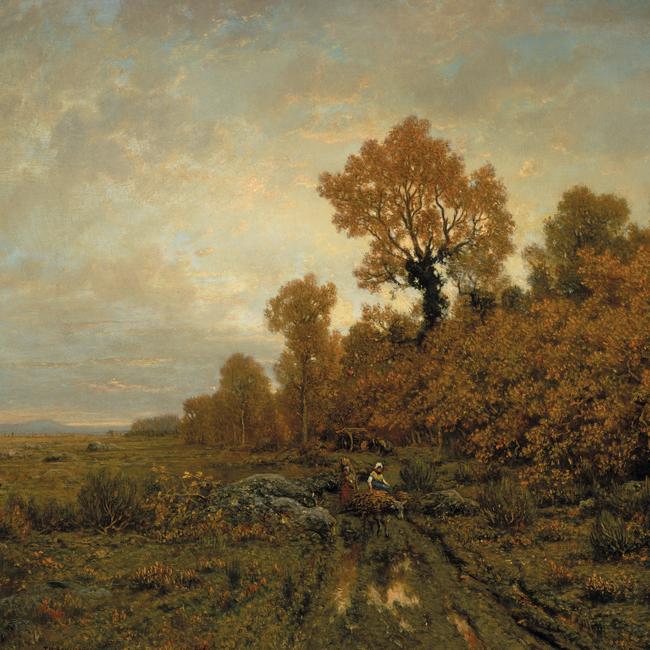
“We wanted to also tell a really human side of the story, the friendships between the artists, the moments of triumph and moments of anxiety,” Hanson tells Review in an interview on the top floor of the MFA overlooking Boston.
For example, Hanson chose to include paintings by Renoir that were mostly from the 1880s because it was a period of time when the emerging artist was riven with doubt about his talent.
She says the paintings by Renoir are from “a moment in his life and career where he is making absolutely astonishingly beautiful work and yet having so much self-doubt. What a relatable thing to take these paintings that have become larger than life, and then think about, here is this guy who is second guessing the direction he’s taken,” says Hanson.
The exhibition starts out by looking at Renoir and Monet, focusing both on the friendship they had and also on the different approaches they took to their art when painting the same scenes.
“They’re in the same moment, in a similar surrounding, yet the focal lens that they take as artists, as people, is so different,” says Hanson. “Monet is looking at the big, broad landscape, and Renoir is looking at the people in front of him. Renoir wants to have a model. He wants to have a conversation. He wants to do something social.”
By contrast, Monet becomes progressively more fascinated with the countryside itself – its shapes, colours and moods, especially with water. He moves around Europe becoming increasingly solitary in his work and dismissing artists who stay only in Paris. “One is too much taken up with what one sees and hears in Paris,” he said.
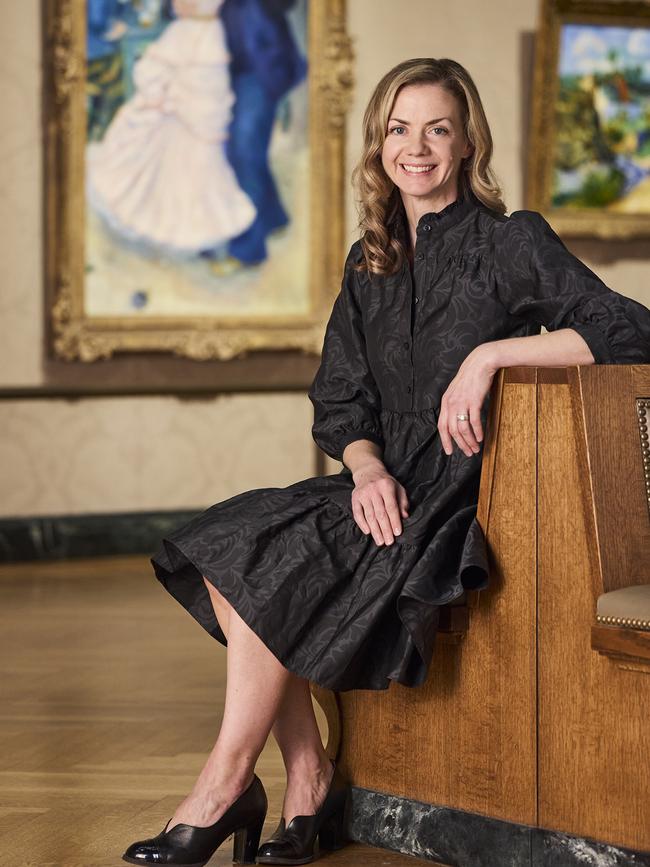
The exhibition – which features no fewer than 19 Monet paintings – talks of how Monet was mentored by fellow artist Eugene Boudin. Boudin urged the young painter to work outdoors, saying “a work painted directly on the spot always has a strength, a power, a vividness of touch that one doesn’t find in the studio”.
Monet recalled how “One day Boudin said to me: ‘Learn to draw well and appreciate the sea, the light, the blue sky.’ I took his advice and together we went on outings during which I painted constantly from nature. That was how I came to understand nature and learned to love it passionately.”
“Artists in the moment aspired to tell the stories of both urbanisation and changing social conventions – ideas they felt central to understanding their time – while celebrating the recurring and sustaining beauty of the natural world,” says outgoing MFA director Matthew Teitelbaum, who will leave the position on June 26.
“And they did so together: painting side by side, sharing meals in Paris and the countryside, and writing to and about one another. Their paintings, and their words, had deep connections.”
While the 2025 exhibition is largely the same as that presented in 2021, there will be three additional works never before seen in Australia. The presentation will also be very different. Whereas the 2021 display was contemporary and minimalist, the paintings this year will be placed in their original 19th century settings.
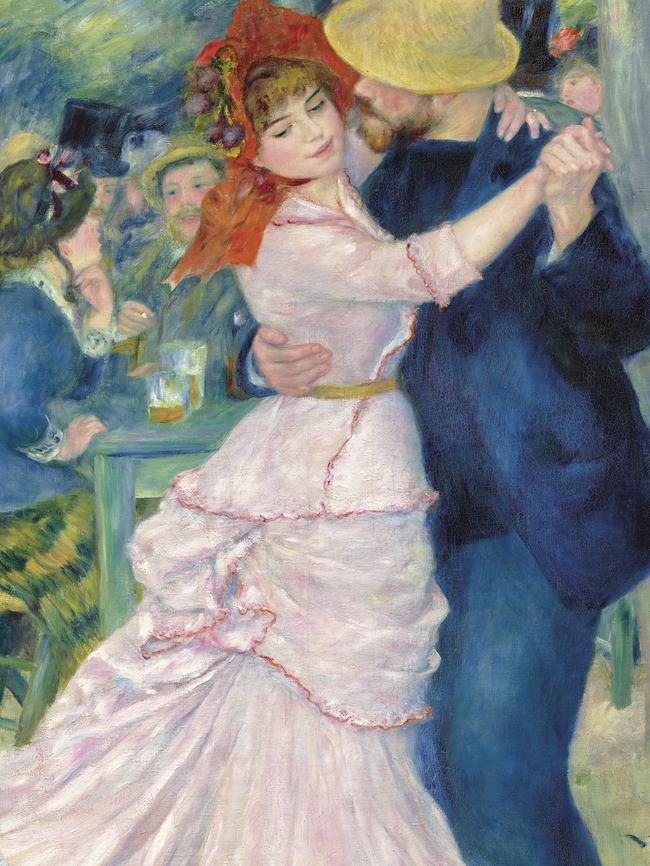
The MFA has America’s largest collection of French Impressionist paintings because 18th century Bostonians – many of whom were wealthy mercantilists and traders – loved the new form of art coming out of France in the 1870s and bought lots of it, not realising how famous that art would soon become. Over the decades, they then gifted or sold the art to their local museum, the MFA.
The largest collections in the MFA’s NGV exhibition are Monet, Renoir and Camille Pissarro but it also includes cameos by Vincent van Gogh and Henri de Toulouse-Lautrec and some lesser-known artists who played a part in the lives and inspirations of those who are now household names.
“While French Impressionism is now enshrined in the Western art canon, it is worth remembering that Impressionists were very much the rebels of their day,” says NGV director Tony Ellwood. “The Impressionist project was to exhibit work independently of the traditional Paris Salon, and to promote a new style of painting that privileged ‘impressions’ – often painted outdoors, directly in front of the subject – over what the orthodoxy of the time deemed ‘finished’ works.”
Hanson says the exhibition includes works from the French Barbizon school, a group of artists centred in the Forest of Fontainebleau near the village of Barbizon, who were the immediate predecessors of the Impressionists. The Barbizon artists, like Jean-Francois Millet and Theodore Rousseau, were known for their naturalistic landscape paintings and many became mentors to the young Impressionists when they visited Barbizon in the 1860s.
The inclusion of works from the Barbizon School is a way of reminding people that, as Hanson puts it “The Impressionists didn’t spring fully formed as Impressionists (and) that they are standing on the shoulders of a previous generation who also looked at mundane local places and people for their art.”
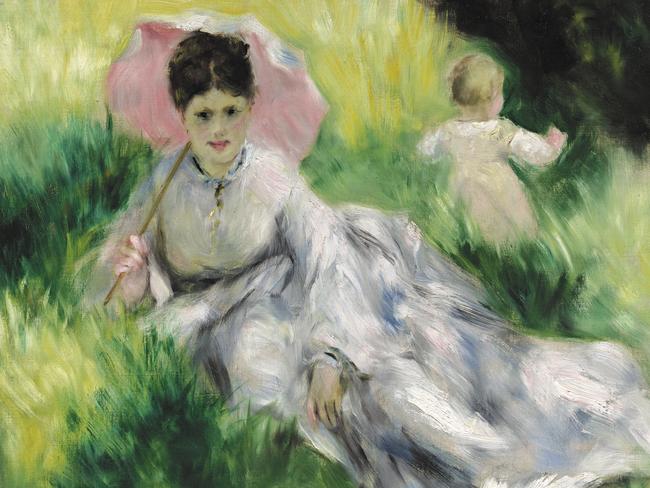
Hanson says it’s easy to forget Impressionists were the contemporary artists of their day and that for many fame did not come quickly and that they fretted – like many artists – about how they would make a living.
“I think when artists have become so famous, it’s hard to remember that there was a moment when they were struggling to pay their rent and struggling to make ends meet,” she says. “And then some of them, Monet, for example, got to live their own celebrity, I mean, he became a national treasure in his own lifetime. Whereas other artists, van Gogh, for example, you know, his star is on the rise at the end of his life, but he doesn’t live a life of fame. And those are two guys whose careers are happening at the same time and they’re aware of each other but they have very different narratives.”
The exhibition talks of artists musing about the pros and cons of still-life subjects such as fruit and flowers. Said artist Paul Cezanne: “As for flowers, I have given them up. They wilt immediately. Fruits are more reliable. They love having their portraits done. They sit there as if demanding pardon for changing colour. They come to you in all their perfume, speaking of the fields they have left, the rain that has nourished them, the sunrises they have seen.”
And yet for others, like Gustave Coubet, paintings of flowers sold so well that he once boasted that he was “coining money out of flowers”.
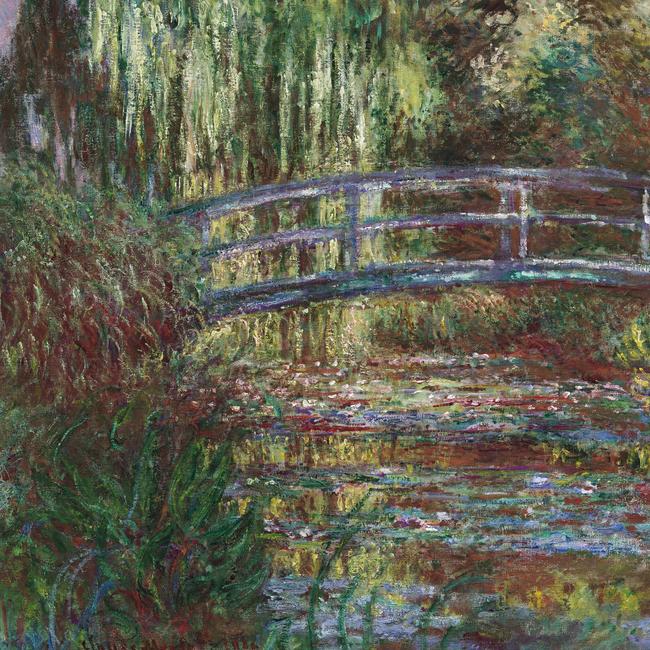
Says Hanson: “Still life was a very lucrative genre for some artists and as you can see, they didn’t always take themselves too seriously.”
Yet the enduring appeal of Impressionism is that it focused very much on simple, everyday slices of local life – a solitary landscape or a person in the street.
“You don’t have to know French history to be able to appreciate it,” says Hanson. “These are artists who saw art in the mundane and local, and that takes courage,” she says. “It takes courage to say the landscape out my front door is worthy of paint on canvas, that investment of time and resources.
“The Impressionists found beauty in their everyday lives and in the people closest to them. They took their surroundings, their nearest and dearest people, and made them the subjects of art. And that permission to see beauty in the everyday is something that they gave us, and that we continue to appreciate.”
French Impressionism opens on June 6 at National Gallery of Victoria. Cameron Stewart travelled to Boston with the assistance of the NGV.


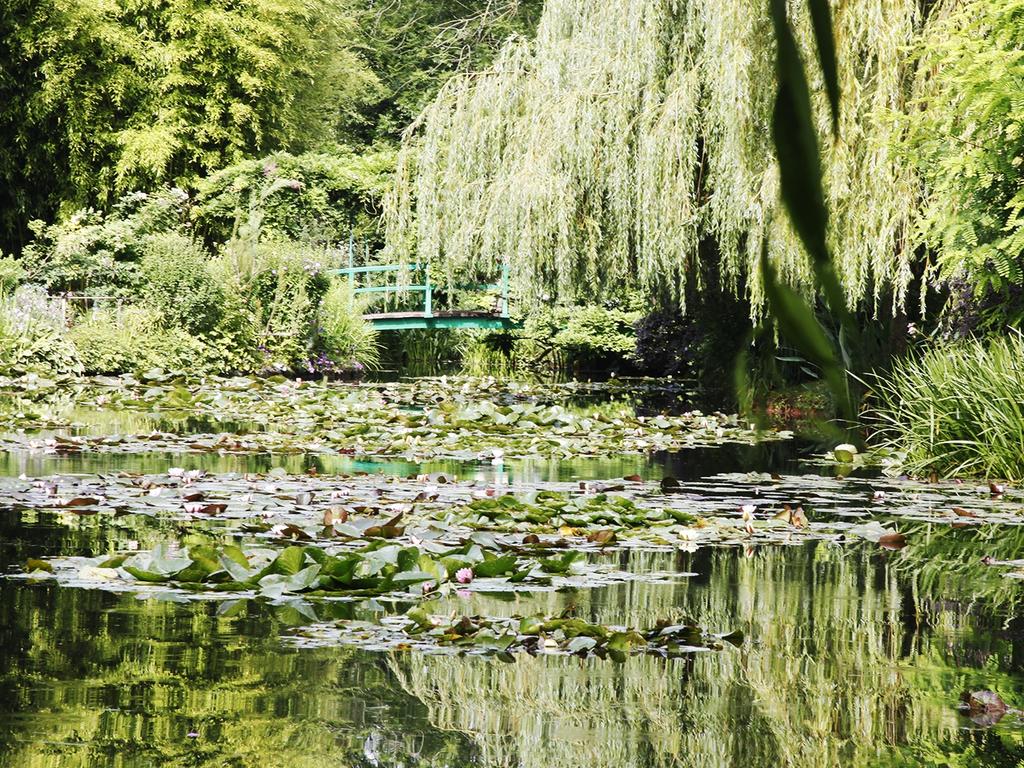
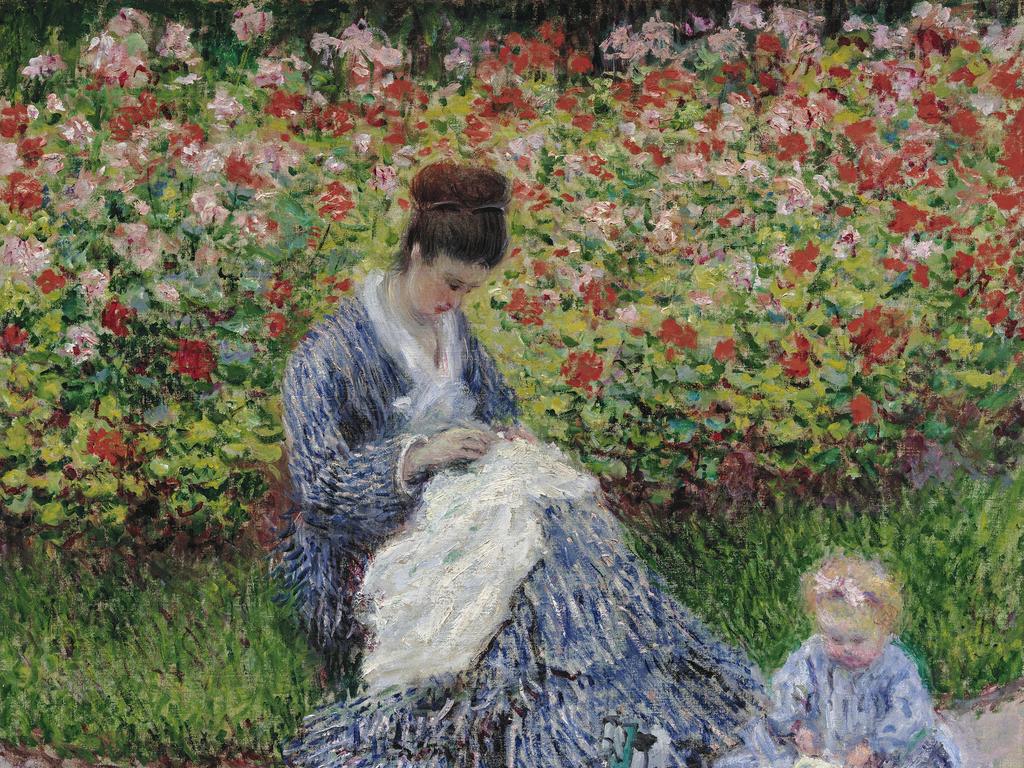



To join the conversation, please log in. Don't have an account? Register
Join the conversation, you are commenting as Logout